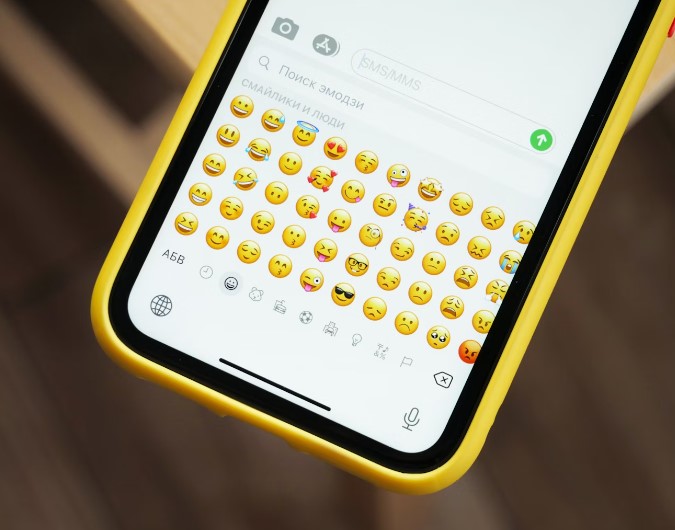Text messaging applications are important for smartphone users nowadays. The default texting apps preloaded on popular Android devices like those from Google Pixel or Samsung Galaxy series have seen major upgrades recently, adding new capabilities choose RCS messaging. This article compares the current state of Google Messages vs. Samsung Messages.
Features and Capabilities
Google Messages – Core App with RCS Extensions
The Google Messages app offers a no-frills texting experience focused on simplicity and clean visuals. Its main upgrade in recent years has been the addition of support for Rich Communication Services (RCS). RCS is a communication protocol that succeeds SMS, allowing enhanced features like read receipts, better group chats, high-quality photo sharing, video calls, and more. Google worked with carriers globally to roll out RCS on Android phones as “Chat” features in Messages.
Availability of RCS features depends on factors like your phone, carrier, and contacts’ devices. When accessible, Chat brings Messages closer to apps like WhatsApp or iMessage. But Messages still feels like an SMS app at its core.
Samsung Messages – Feature-rich from the Start
Samsung preloads its Eigene Messages app on Galaxy devices. This app has long offered functionalities absent from stock Android. Features include scheduling messages to send later, easily seeing messages from specific contacts only, or quickly finding text content.
In many countries, Samsung also operates an RCS service for Galaxy users independently of cell carriers. This gives broader, more consistent access to Chat features. The downside is RCS capabilities may get limited when messaging non-Samsung phones.
Samsung Messages comes cluttered in spots but gives a robust experience from installation. The app leverages the strengths of Samsung devices too, like integrating with the Knox security platform.
Interface and Design
Google went for a cleaner aesthetic with Messages, probably to align with Material Design guidelines across other Google apps. The main messages list has lots of white space. Individual chat threads use minimal elements like bubbles with sharp corners.
Overall Google Messages prioritizes being easy to use and scan compared to rich visual impact. This fits expectations for a basic texting application.


Samsung Messages layout looks busier using elements like more icons, menu indicators, and colorful highlights for things like important messages. Materials lean towards rounded shapes rather than rigid corners. The styling matches the glossier touches of One UI.
Those accustomed to Galaxy phones should feel comfortable in Samsung Messages. And the app doesn’t seem too cluttered once you grasp the various icons. But the extra elements seem unnecessary if you just want simple texting.
Customization and Privacy
Google Messages vs. Samsung Messages both offer a decent degree of customization for notifications, display options, and the like. Samsung may have a slight edge in areas like theming. But neither app provides an abundance of personalization.
On privacy both apps let you block contacts, disable read receipts, or hide private content from notifications. No major differences stand out. RCS introduces more potential data sharing compared to SMS. Google and Samsung give users adequate control over what gets communicated. But privacy-conscious users may still prefer options like Signal.


Accessibility is also pretty comparable between the two messaging apps. Areas that could use improvement include text scaling, color contrast, and screen reader support. But they largely meet baseline standards.
Supported Devices
Google Messages works as a standard texting application, which is used by the majority of Android devices not manufactured by Samsung. This means that any modern whether hardened by a manufacturer like Pixel, Motorola, OnePlus e.t.c. should have Messages preloaded on them. After downloading the app from the Play Store, the compatibility is spread to other Android phones and tablet devices.
Samsung Messages only arrives as a default with current Galaxy smartphones and tablets. For those who have an older Galaxy device, a software update may be required before the forthcoming upgrade. On the contrary, if a text is loaded by default on Galaxy, the users of that platform can download Messages.
Compared to the SMS, the differences in features may appear because of the RCS work between Google and carriers based on a region. In practice, all messages within the country should have chat functions; however, it varies from region to region Samsung Messages awaits carriers on a global level.
Conclusions
Sending ‘texts’ is a daily necessity for most mobile device owners. Google Messages vs. Samsung Messages are good picks as messaging experiences on Android that let chats go on unhindered. Google’s app has simplicity and clarity as its focus, while RCS is an addition as an extension. The feature set offered by Samsung’s option, though, is more powerful from the very beginning without even considering RCS functionality for Galaxy models.
Google Messages will be a good fit for users who are looking for ordinary SMS old-school communication with some sprinkles of Google integration. As customers become absorbed in the Samsung world, they might benefit more from native extras embodied in Samsung Messages. Further, it is evolving the RCS landscape on both platforms.
The most efficient way would be to assess the advantages and disadvantages taking into account the criteria that matter in your specific case and contacts. In the Android market one is controlled by Google and the other is owned by Samsung, both of these messaging apps will remain while promoting updates. Watch as Android-powered phones pick up a texting ability that heretofore only existed in the iPhones.
